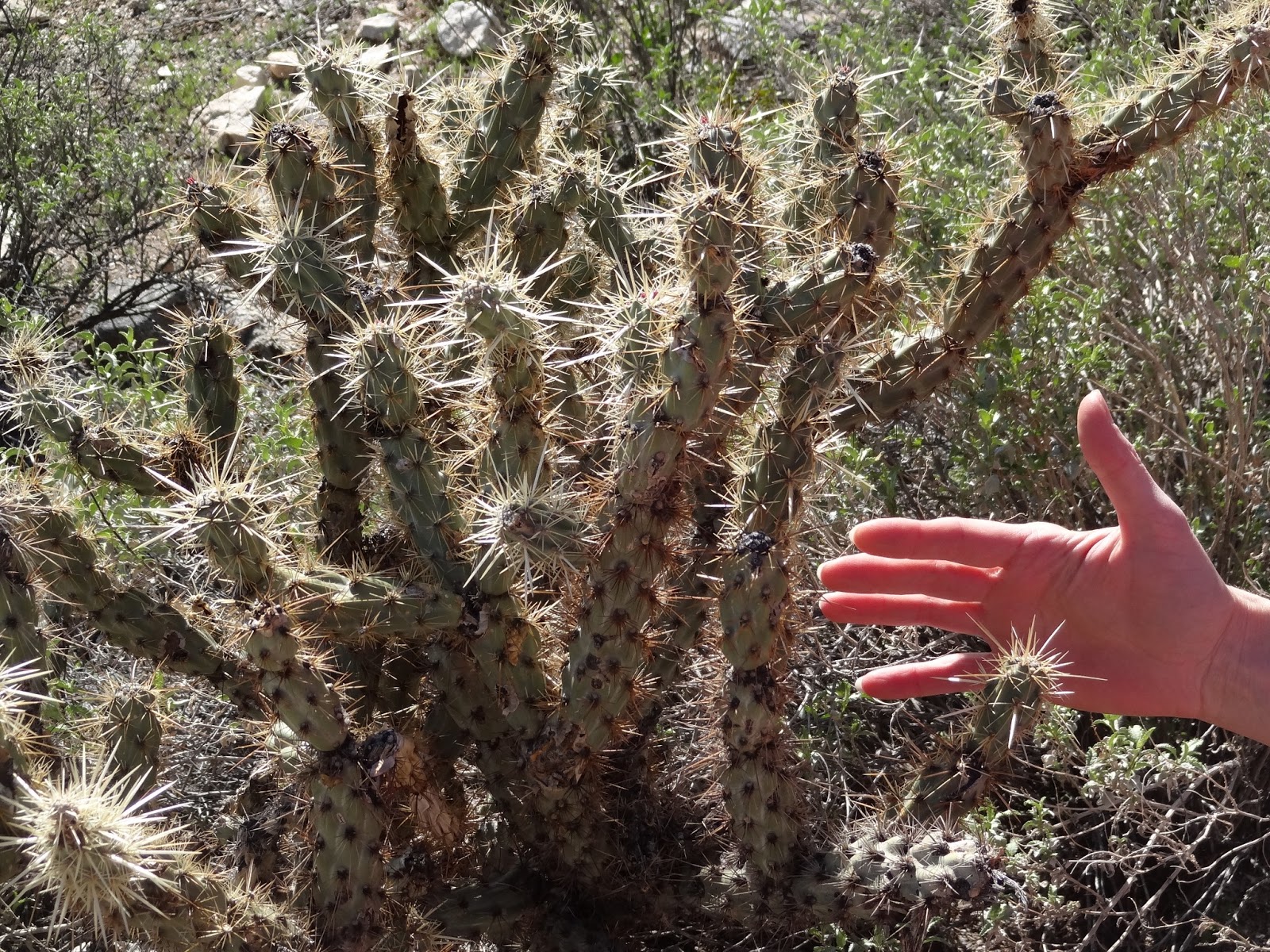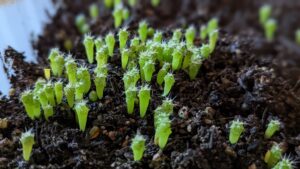Arizona is renowned for its diverse ecosystems and striking landscapes, showcasing an array of cacti that flourish in its arid climate. From the towering saguaro to the diminutive barrel cactus, these plants are not only vital to the local ecology but are also integral to the cultural identity of the Southwestern United States. This article delves into the most common varieties of cacti found in Arizona, emphasizing their unique characteristics, habitats, and the allure they hold for enthusiasts and collectors alike.
Understanding the ecological role of cacti in Arizona provides insight into their adaptations and phenotypes. These succulent plants are perfectly suited to withstand extreme temperatures and scarce water supplies, representing a notable survival strategy in desert environments. As we explore the most popular cactus varieties, we will examine their features, uses, and the specific conditions that allow them to thrive.
The Majestic Saguaro: A Symbol of the Southwest
No discussion of Arizona’s cacti would be complete without the iconic saguaro (Carnegiea gigantea). This towering giant can grow to heights of up to 40 feet and can live for over 150 years. The saguaro is characterized by its large, upward-reaching arms that begin to grow once the plant is around 50 to 70 years old. Each mature saguaro can weigh between 1,500 to 2,200 pounds and can store thousands of gallons of water within its tissues, making it an essential resource for wildlife during dry spells.
Typically found in the Sonoran Desert, the saguaro bloom in late spring. Its flowers, which bloom overnight and close by midday, are white and rich in nectar, attracting various pollinators, especially bats and birds. The fruit of the saguaro, a bright red berry, ripens in the summer and is harvested by both wildlife and indigenous people, who utilize it to make a traditional syrup. This multifaceted plant plays a crucial ecological role, fostering biodiversity and contributing to the cultural heritage of the region.
The Barrel Cactus: Resilient and Compact
The barrel cactus, specifically the Arizona barrel cactus (Ferocactus Wislizeni), is another common representative of the state’s fauna. These cylindrically shaped succulents can reach sizes up to three feet in diameter and produce vibrant, yellow to red flowers during the blooming season. Recognized for their ribbed exterior and stiff spines that deter herbivores, the barrel cactus demonstrates remarkable resilience in extreme conditions.
Barrel cacti are primarily found in the warmer, lower elevations of deserts, where they thrive in sandy or rocky soils. A notable attribute of this species is its ability to collect rainwater, channeling it down to its roots. The fruit is edible and rich in vitamin C, often consumed by local wildlife and, historically, by native peoples as well. Understanding the barrel cactus’s ecological niche enhances its appreciation as both a plant and a resource.
The Cholla Cactus: A Diverse Delight
Cholla cacti (genus Cylindropuntia) are a diverse group that presents an array of species, each with its unique adaptations. Among the most common in Arizona is the Teddy Bear Cholla (Cylindropuntia bigelovii), aptly named for its fuzzy appearance. However, it is essential to approach these plants with caution, as their spines can detach easily and embed themselves in the skin.
Chollas thrive in a variety of desert landscapes and are often found in large clusters, creating a striking visual impact. They play a crucial role in their ecosystems, serving as a food source for local fauna. The flowers, which bloom in vibrant colors, are an important nectar source for pollinators, further underscoring their ecological significance. The distinctive nature of cholla, along with its unique propagation strategy through pad detachment, makes this cactus a fascinating subject for both researchers and enthusiasts.
Distinctive Cactus Species to Explore
While the saguaro, barrel cactus, and cholla dominate the landscape, Arizona is home to several other notable species worth exploring.
The organ pipe cactus (Stenocereus thurberi) is an intriguing specimen native to the southern part of the state. Known for its tall, slender columnar shape, it can grow multiple stems that emerge from a central base. The organ pipe is particularly remarkable for its nocturnal flowering and unique fruit, often used for making jams and jellies.
Another noteworthy variety is the fishhook barrel cactus (Ferocactus wislizeni). This cactus is easily identifiable by its hooked spines, providing excellent protection from herbivores. Its flowers offer a striking contrast, typically blooming in the spring with bright hues of yellow, orange, or red. The fishhook barrel cactus is not only a visual delight but also serves as a resilient survivor in harsh arid environments.
Understanding the common cacti of Arizona opens up a window into the extensive biodiversity of the Sonoran Desert and illustrates how these incredible plants have adapted to thrive in one of the planet’s harshest climates. Whether you are a collector, a nature enthusiast, or simply curious about these fascinating flora, Arizona’s cacti offer an extensive study into nature’s ingenuity and resilience.
In summary, the cacti of Arizona are not merely common plants; they embody a rich cultural tapestry and ecological significance. Each variety, from the majestic saguaro to the resilient barrel cactus, plays an integral role in providing sustenance and shelter to numerous species and cultures. As Arizona continues to evolve, so too will the appreciation for its indigenous plant life, solidifying their status as iconic symbols of the American Southwest.





Leave a Comment